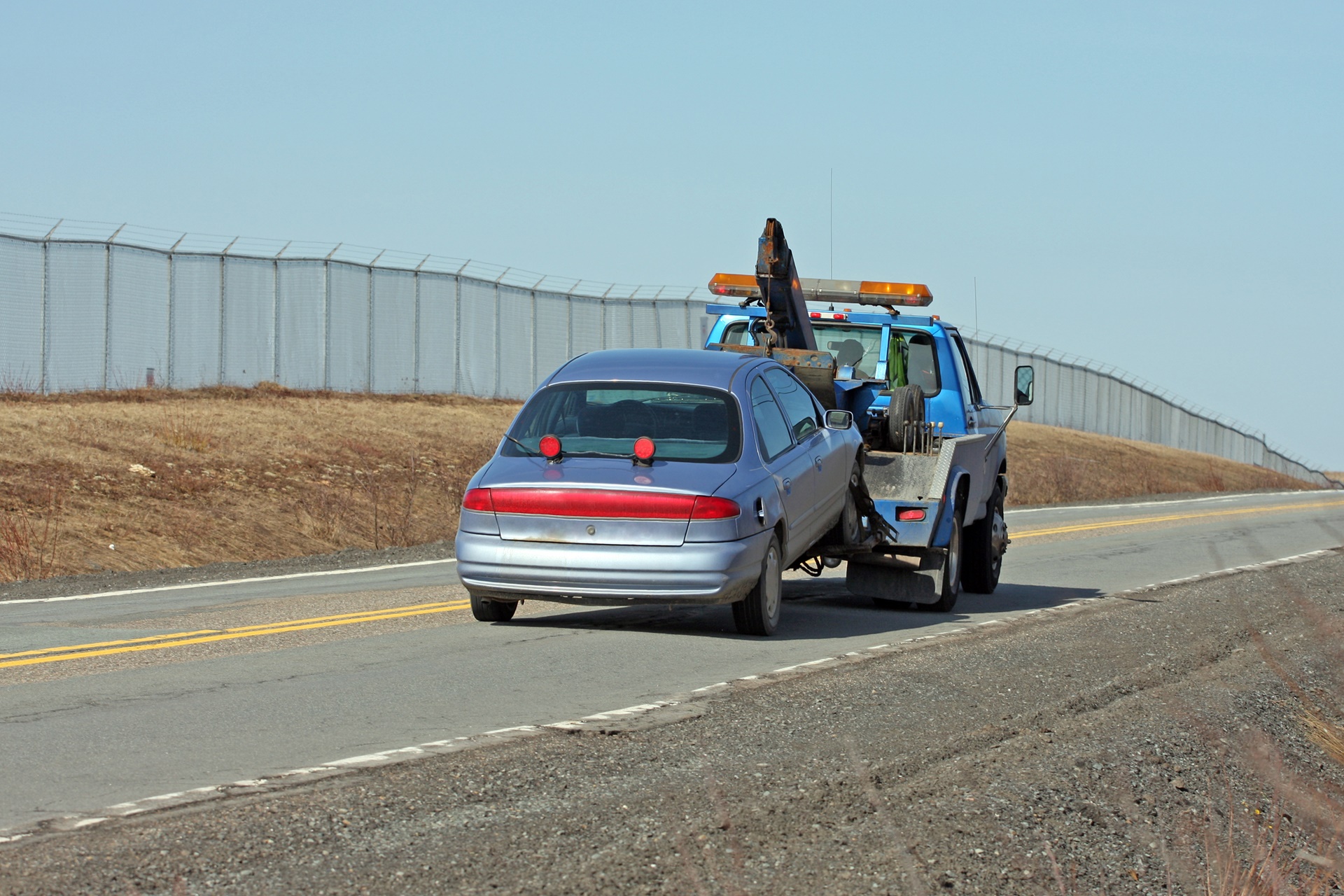With travel increasing and more vehicles on the road post-pandemic, collisions and other vehicle issues have surged, resulting in greater demand for towing services and roadside assistance.
The volatile economic environment has also had an impact on tow-truck demand. Facing extra-long wait times for new vehicles and majorly inflated prices for used vehicles, drivers are opting to keep their aged vehicles on the roads for longer, increasing the chances of incidents occurring that may require towing services.
Like the rest of the commercial auto and trucking industry, tow-truck operators have experienced challenging insurance conditions in recent years. Commercial auto insurers have seen their loss ratios deteriorate due to challenges around social inflation, large jury awards, and a rise in auto claim costs. As a result, there has been a hardening of the marketplace, with many carriers raising rates, limiting capacity, and applying strict risk selection and underwriting criteria.
Hard-market cycles are difficult for all parties involved – insureds, brokers, underwriters and carriers – but when it comes to a vital service like towing, there’s an understanding that everyone must come together to create solutions that work.
Unique exposures
Tow-truck operators have some unique exposures relative to the wider commercial auto and trucking industry. When approaching or dealing with an incident on a road or highway, tow-truck operators have significant side-of-road exposures, especially because they’re often called to work during hazardous driving conditions due to poor weather, volume of traffic, or challenging terrain. The trucks – which have high insured values due to the towing and recovery equipment attached to the chassis cab – could be hit by other cars on the road, leading to an expensive repair job and claim.
Furthermore, the operators could suffer bodily injury while loading wrecked cars, and they could be dragged into vicarious liability lawsuits for simply being involved in a potentially litigious situation. The industry is also exposed to issues related to fraud, and special risks like confrontations with car owners when repossessing or impounding a vehicle.
Risk-management strategies
There are risk-management strategies that tow-truck operators can apply to mitigate some of these risks. To start, tow-truck operators should take a good look at how their organization is being run. Many of the contracts they have are high-risk, time-sensitive and require drivers to be in a certain place at a certain time, which lends itself to burnout and feeds into the ongoing challenge around driver shortages.
Tow-truck operators can also use dash cams (both inward and outward facing) and telematics to promote safe driving practices and to protect drivers in the event of a claim. These tools can help determine who is at fault in an accident, reducing the likelihood of nuclear jury verdicts and socially inflated claims.
While dash cams and telematics provide proven risk-management for tow-truck operators, they’ve had to overcome the ‘Big Brother’ misconception. Education is key to helping insureds understand that these tools pay immediate dividends. There are upfront costs, but if dash cams and telematics can prevent a claim, that could make all the difference for towing businesses, especially in this economic environment where every dollar matters.
Partnership pays dividends
It’s during hard-market cycles that the strength of business relationships is revealed. Rather than immediately alter pricing and underwriting strategies to offset soaring claims costs, astute partners focus on contributing factors and develop creative solutions to control costs.
For Trinity Underwriting Managers (TUMI), an Amwins Company, that means looking at claim frequency and type to uncover any patterns and pinpoint the right risk-management strategies. This increased focus on reducing day-to-day claim frequency also translates to decreased likelihood of a severe claim occurring and ultimately helps ensure the long-term viability for tow truck owner-operators.
Creating a culture of two-way communication helps build a bridge for when there are crucial conversations that need to take place. Just having a dash cam isn’t enough; the driver has to keep it on. If a risk alert shows that’s not the case, then at least there’s a foundation of trust to raise the issue and remind everyone that these tools are there to protect them and their business.
Takeaway
Good underwriters want to know – “warts and all” – about tow-truck operators’ true risk profiles in order to find the best possible insurance and risk management solutions. That requires strong relationships and partnership between all stakeholders, candid discussions about risk management, and acceptance that investments into tools like dash cams and telematics can have long-term benefits.


